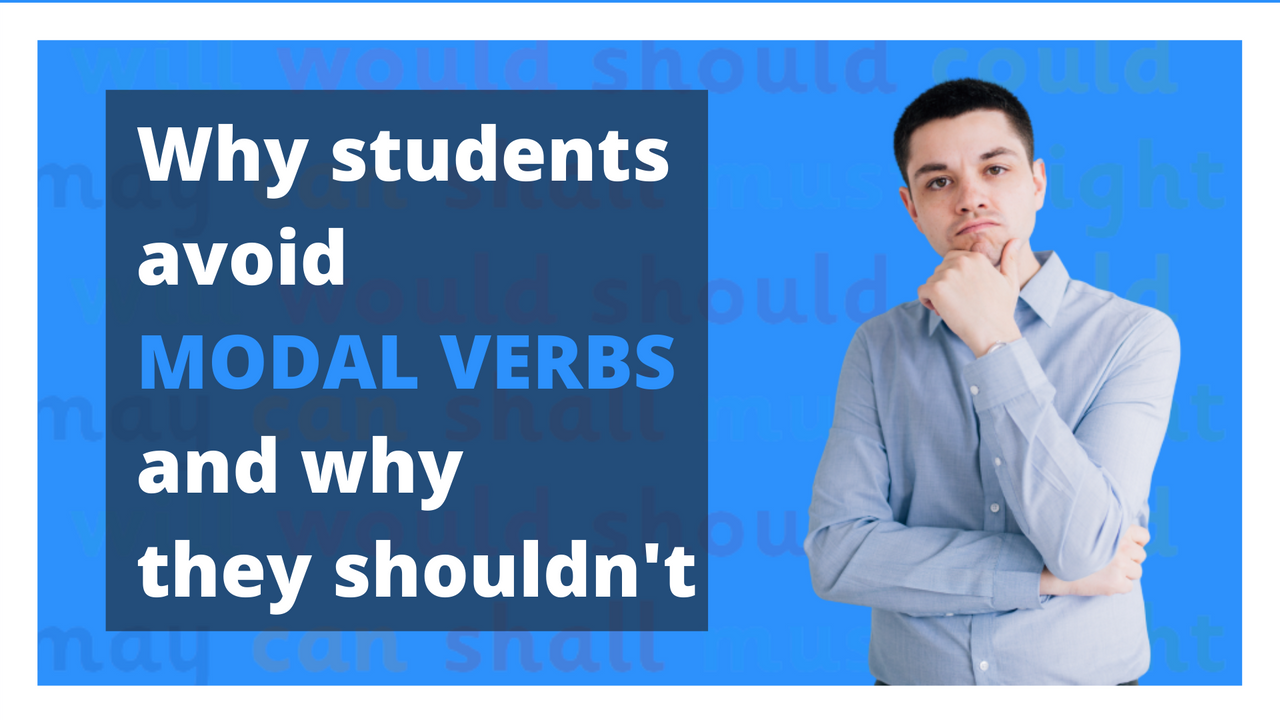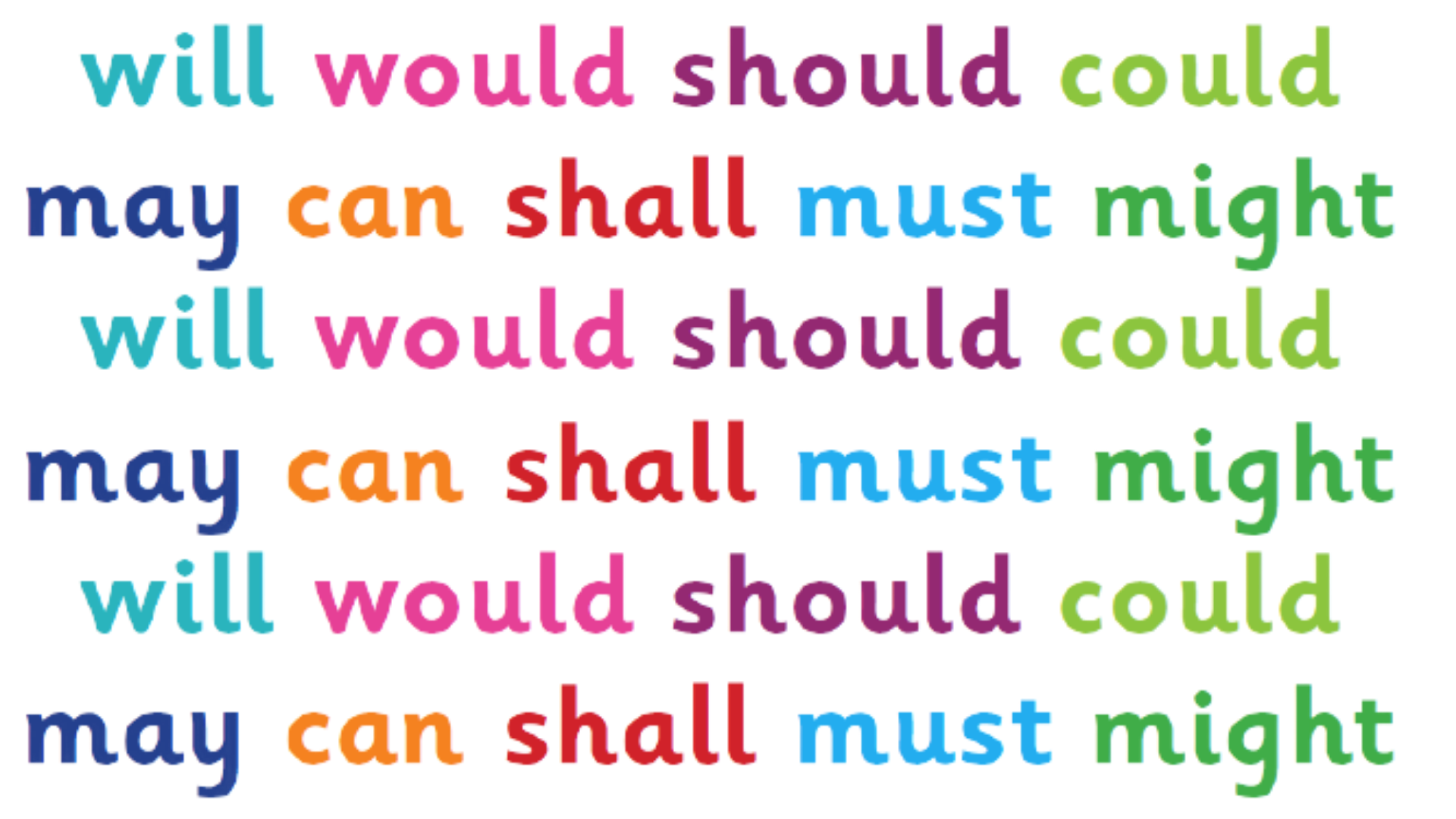Why students avoid modal verbs and why they shouldn't

Modals have to be taken more seriously. However, ESL students may not understand their true purpose. Therefore, as teachers, we must strive to convince them that modals are essential and we can use them in our daily lives to express ourselves. Students should not hate modals: they can have the power to deliver the meaning and intention behind our words. So let’s look at different ways we just might convince our students that we can’t live without modals.

It’s no secret that modals can be considered as grammatically positioned mediums of expression in our daily lives. Modals can be fun, but only if our students could learn to use them correctly. According to McDorman, modals may be tricky because students tend to find them challenging. He argues that students could have issues with the “great complexity of meaning” assigned to modals when they have to select the right one to express themselves. He may be right; after all, modals can be confusing as heck. However, McDorman could have only arrived at this particular conclusion due to his assumption that modals have a very “modest form.” You see, this is how modals can be very deceiving; they have to look simple so you think it is easy to teach the “form” and “use”.
This may not make much sense. I should try to say it another way: How can something with so much diversity and influence (we may still be talking about modals here) be considered simple in terms of form and usage? This is where I must ask you to reconsider. Please do not underestimate that modals may be the simple greatest challenge of your career. And vice versa, they may be posed as your students’ greatest weakness. Anyways, I should really get into how you could potentially help your students.
- Firstly, you have to convince your students that modals should not be considered their enemy.
- All done? Secondly, you may need to teach your students that they might be able to learn modals when modals are ready to be learned by them. No, but seriously, they should only use and learn modals when they are ready to do so.
- Third of all, mastery of modals may be dependent on 3 factors:
acknowledgment of their existence at the right time (denial could be a major disadvantage here, FYI),
acceptance that each modal (the “right” one) must have its own unique meaning
the realization that modals require extra TLC and students should pay attention to their different uses.
- The fourth point, modals can potentially offer your students more variety in terms of communicative competence. However, this may depend on your teaching skills, to be honest. So YOU must understand modals and the beauty of their linguistic diversity and their omnipotence in music, art, and culture.
- Five, students should practice. Then they should practice some more. No wait actually, they MUST practice modals because otherwise, they can not be learned and then subsequently used without any issues.

Modals should not stress you out. This article should have offered you the comfort, the tools, and strategies to help you teach modals that you might have been looking for. Good luck and may the modal Gods be with you.
-written by Hamza Abbasi

